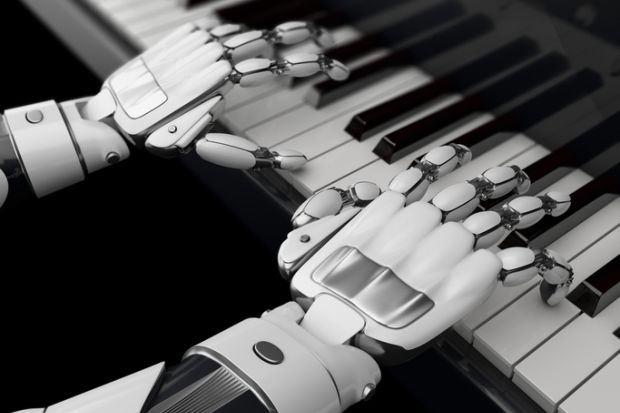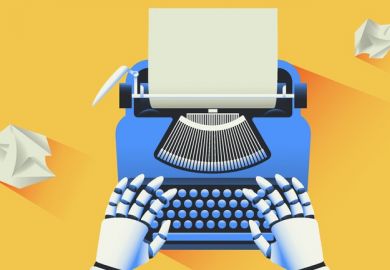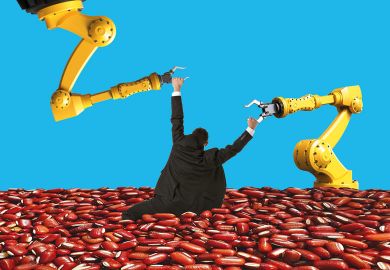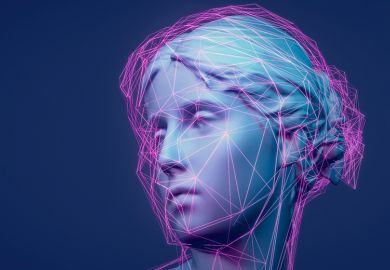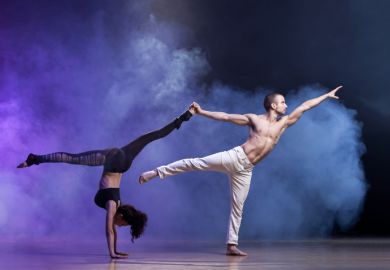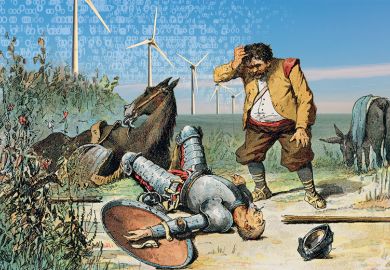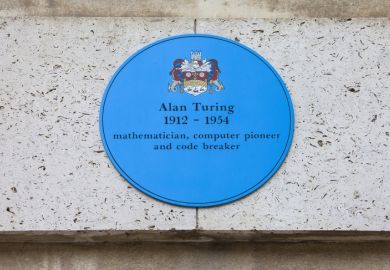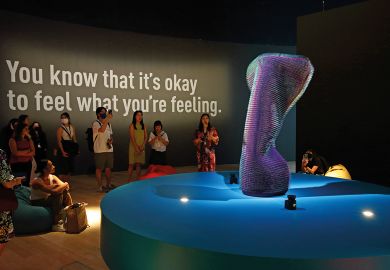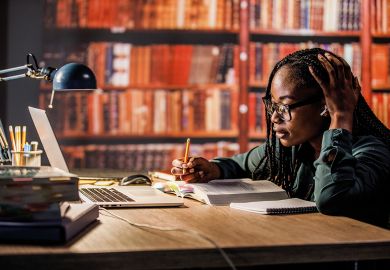The release of ChatGPT has provoked endless discussion of whether AI will cause redundancies and threaten the viability of established modes of assessment in higher education.
But AI poses distinct issues for the “creative” arts, such as practical art and design, creative writing or musical composition. Indeed, many of these fields have already been impacted by AI, which can sometimes offer quick solutions to aspects of production previously requiring a good deal of absorption of human technique. Programs such as DALL-E, Midjourney or Starry AI for art generation and MusicLM or MusicGen for music composition are able to display a passable level of “creativity” when prompted by the inputting of a few basic parameters.
This creates obvious educational challenges. But it also raises the question of whether assessing arts students on some of their basic creative skills remains any more relevant than assessing mathematics undergraduates on their basic arithmetical skills in the age of calculators.
Many unmodified creative outputs from AI can be relatively generic, in a broad sense of the term, relying primarily on tried-and-tested formulas. But this can also be said of a lot of average student work, which, in addition, is vulnerable to technical fallibilities. When AI can reliably produce something acceptable for various requirements, the very need for specialised artists within some of what have become known as the creative industries may come into question.
We are perhaps some way from seeing AI supplant the “higher” forms of art, in part because of a continuing public fascination with artists as much as art and the concomitant desire to view art as the product of human endeavour. But the maker of a film or video game who requires relatively generic music may be able to dispense with a composer and generate it themselves. Some medium-level companies seeking promotional imagery could simply select from a range of AI-generated possibilities without requiring expensive graphic designers. The same is true for the generation of certain specialised or even quasi-literary texts for particular purposes – including speeches.
However, AI software that creates something strikingly distinct from existing reservoirs of creative knowledge may embody genuine creative human labour, just displaced from direct composition to software creation. Furthermore, AI can serve as a facilitating tool to supplement and enhance human creative endeavour, again displacing the human focus of the creative effort to tasks such as editing, combining, distorting and fragmenting AI-generated material.
Moreover, if this is to be more than a relatively superficial component of the creative process, many of the old techniques may not be so redundant. To create visual images that go beyond what is available through AI still requires an eye for colour, shape, perspective, visual texture and more – not to mention a sense of the wider processes and possibilities of signification produced by visual means.
Exactly the same is true for the creation of texts that exceed what can be generated out of existing literary knowledge, fed by unique individual sensibilities and responses to social and other determinants. And while a combination of AI and Digital Audio Workstations can easily throw up generic chord progressions, vocal lines, ambient sounds or sonic environments, the production of something more individuated still requires some understanding of how and why such musical elements function the way they do, as well as a level of aural training that enables discernment of the many potential alternatives an individual might desire.
Artistic technique married to awareness of the possibilities engendered by AI and technical expertise may therefore be in greater demand than ever. But the future of programmes teaching composition and design will come into question if their graduates cannot exceed what the software can do, producing work of notable quality and distinctiveness. What may seem at present to feed employability may no longer do so, even in the relatively short term.
The stakes for “creativity” courses will therefore become higher. Their teaching will need to become more rigorous – but, even if it does, perhaps only their most exceptional graduates will find sustained work in the creative industries.
Ian Pace is professor of music and strategic adviser (arts) at City, University of London. He is writing in a personal capacity.
Register to continue
Why register?
- Registration is free and only takes a moment
- Once registered, you can read 3 articles a month
- Sign up for our newsletter
Subscribe
Or subscribe for unlimited access to:
- Unlimited access to news, views, insights & reviews
- Digital editions
- Digital access to THE’s university and college rankings analysis
Already registered or a current subscriber? Login
